While national parks steal the spotlight with their glossy visitor guides and Instagram-worthy landmarks, America’s state parks quietly preserve some of the country’s most spectacular landscapes and historic sites.
These under-appreciated gems often deliver experiences that rival or surpass their federally managed counterparts—with the added benefits of smaller crowds, lower entrance fees, and more accessible facilities. From rugged coastlines to pristine forests, these parklands protect incredible natural treasures that many travelers miss entirely.
Across the country, certain states stand out for maintaining extraordinary park systems that deserve far more recognition. Here is a list of 15 states with remarkable state parks that deserve a spot on your travel radar.
Michigan
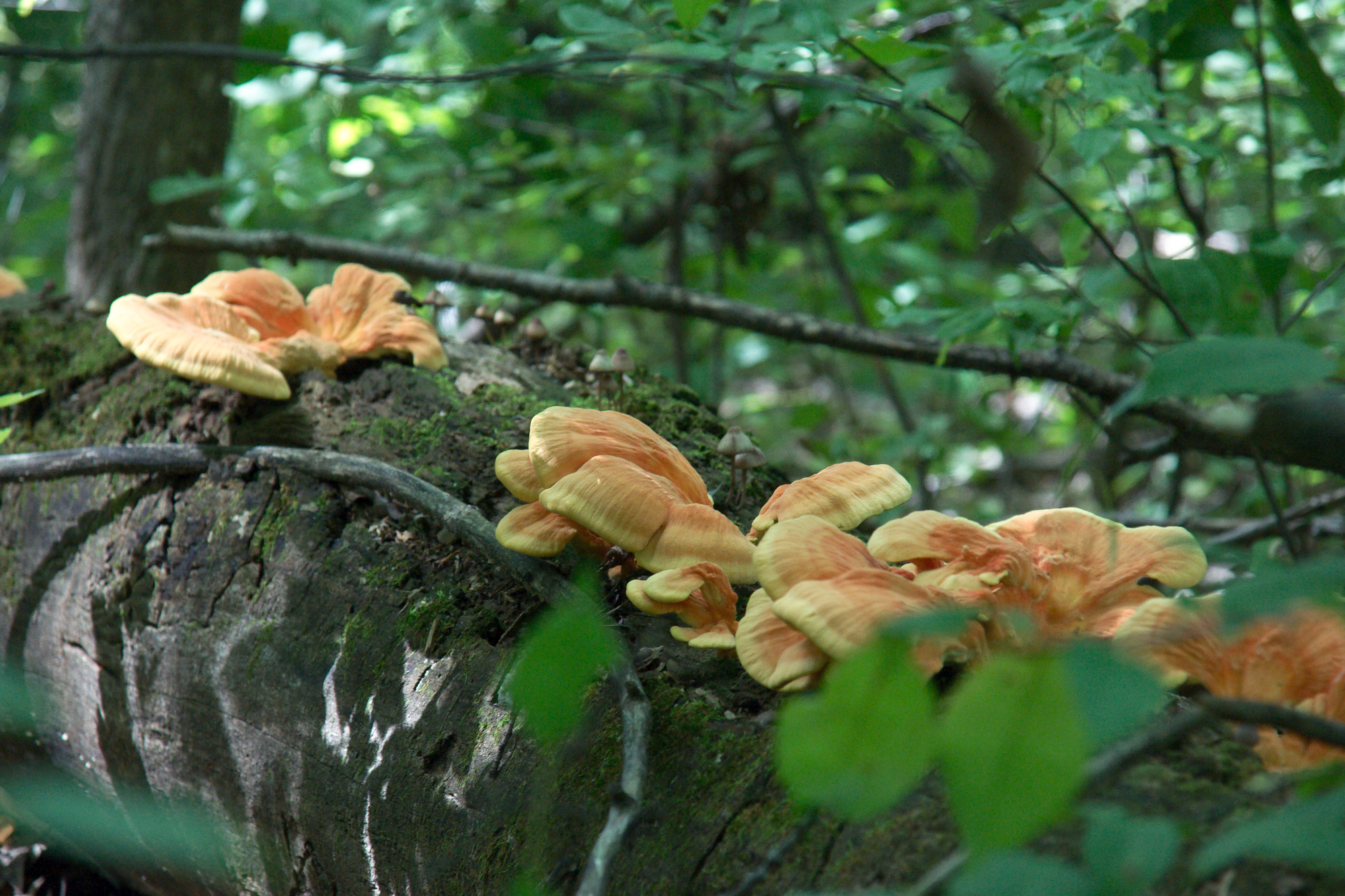
Michigan’s state park system showcases the best of the Great Lakes coastline, with over 100 parks spanning two peninsulas. Tahquamenon Falls State Park features one of the largest waterfalls east of the Mississippi, where amber-colored water plunges nearly 50 feet across a 200-foot width.
Porcupine Mountains Wilderness State Park contains the Midwest’s largest virgin hardwood-hemlock forest and miles of Lake Superior shoreline, where visitors often spot bald eagles soaring above ancient rock formations.
Arkansas
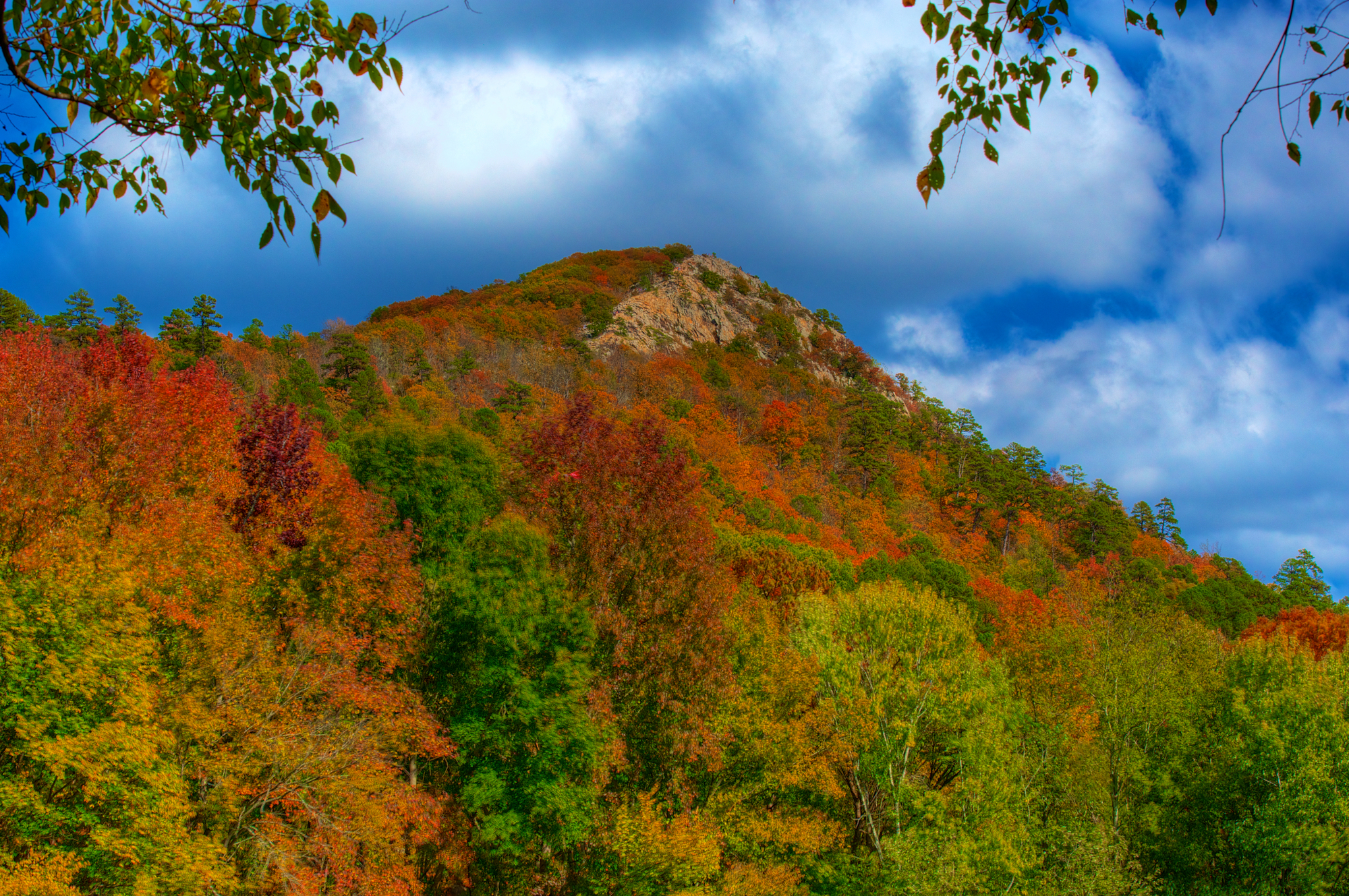
Arkansas harbors state parks protecting everything from diamond-bearing volcanic soil to medicinal hot springs. Petit Jean State Park combines dramatic geology with fascinating history, featuring 95-foot Cedar Falls cascading into a pristine pool surrounded by lush vegetation.
Devil’s Den State Park preserves a Depression-era Civilian Conservation Corps masterpiece with sandstone caves, rock shelters, and unique CCC-built cabins available for overnight stays amidst the beauty of the Ozark Mountains.
Texas
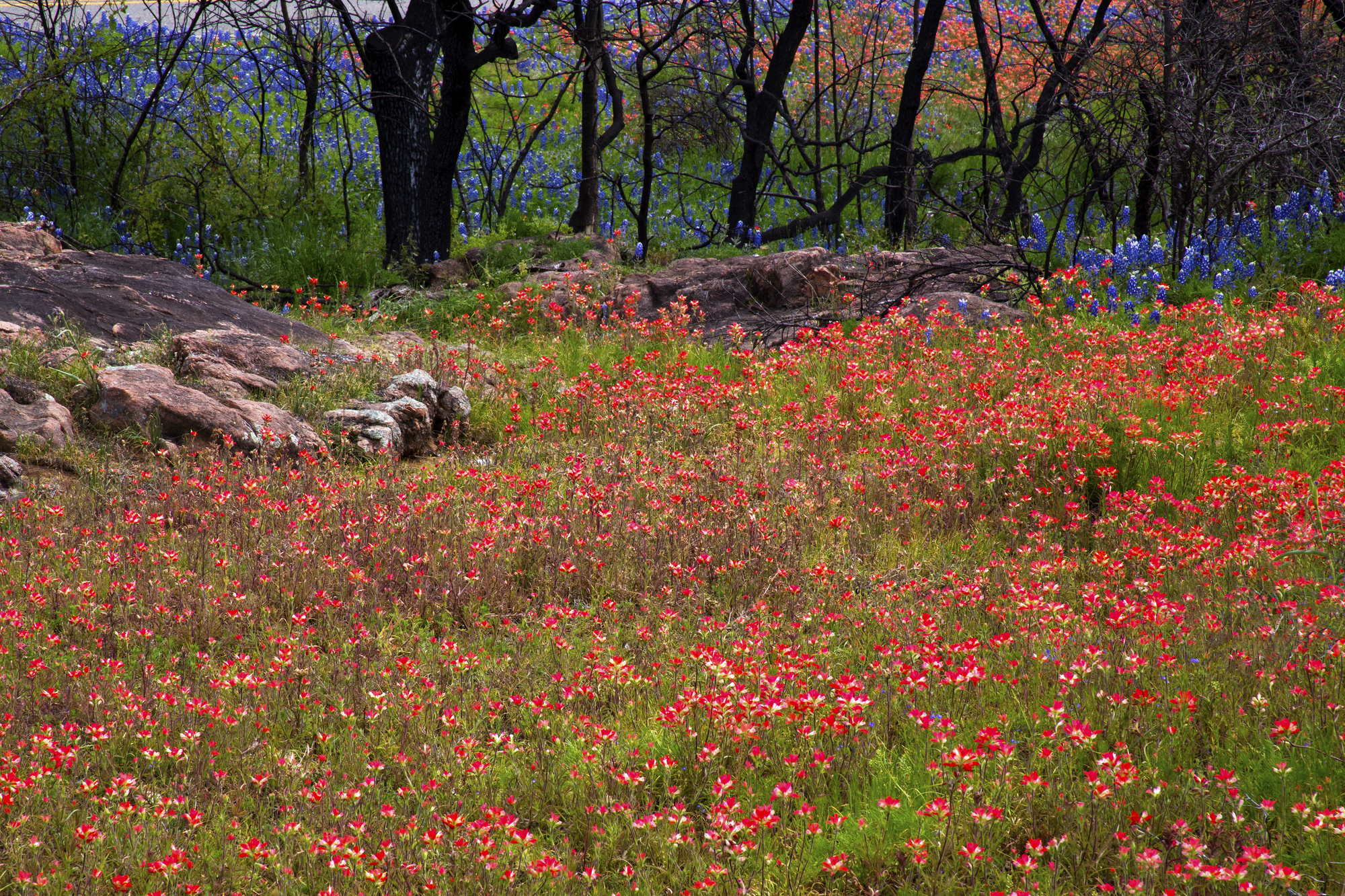
Texas maintains a diverse state park system spanning desert landscapes, pine forests, and Gulf Coast beaches. Palo Duro Canyon State Park protects the second-largest canyon in the country, with multi-hued cliff walls dropping 800 feet to a canyon floor crisscrossed by scenic trails.
Caddo Lake State Park preserves one of the South’s only natural lakes, where ancient cypress trees draped in Spanish moss create a primeval maze of bayous and wetlands navigable by canoe or kayak.
Like Travel Pug’s content? Follow us on MSN.
Connecticut
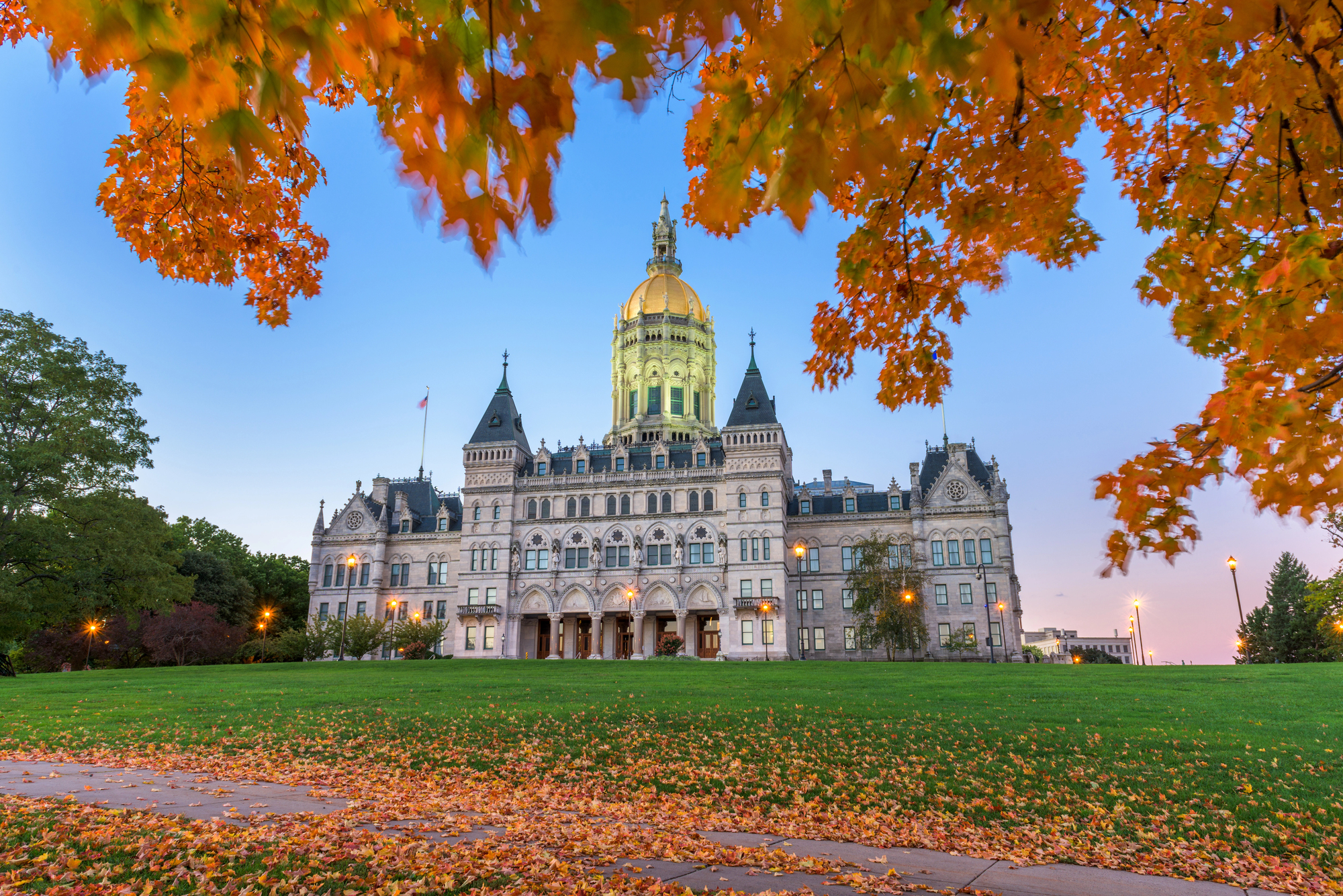
Connecticut’s modest-sized state parks pack remarkable diversity into compact spaces easily accessed from major population centers. Gillette Castle State Park features a medieval-style stone mansion perched on a wooded hillside overlooking the Connecticut River, complete with intricate woodwork and built-in furniture designed by the eccentric actor who once owned it.
Hammonasset Beach State Park offers Connecticut’s longest public beach alongside rich salt marshes teeming with birdlife and marine creatures.
Kentucky

Kentucky’s state parks protect landscapes ranging from Appalachian highlands to limestone cave systems of global significance. Natural Bridge State Resort Park features a 65-foot sandstone arch spanning 78 feet, accessible via trails winding through hemlock forests and rhododendron thickets.
Cumberland Falls State Resort Park centers around a 125-foot-wide waterfall known as the ‘Niagara of the South’—one of the few places on earth where moonbow phenomena can be observed during full moons.
Minnesota
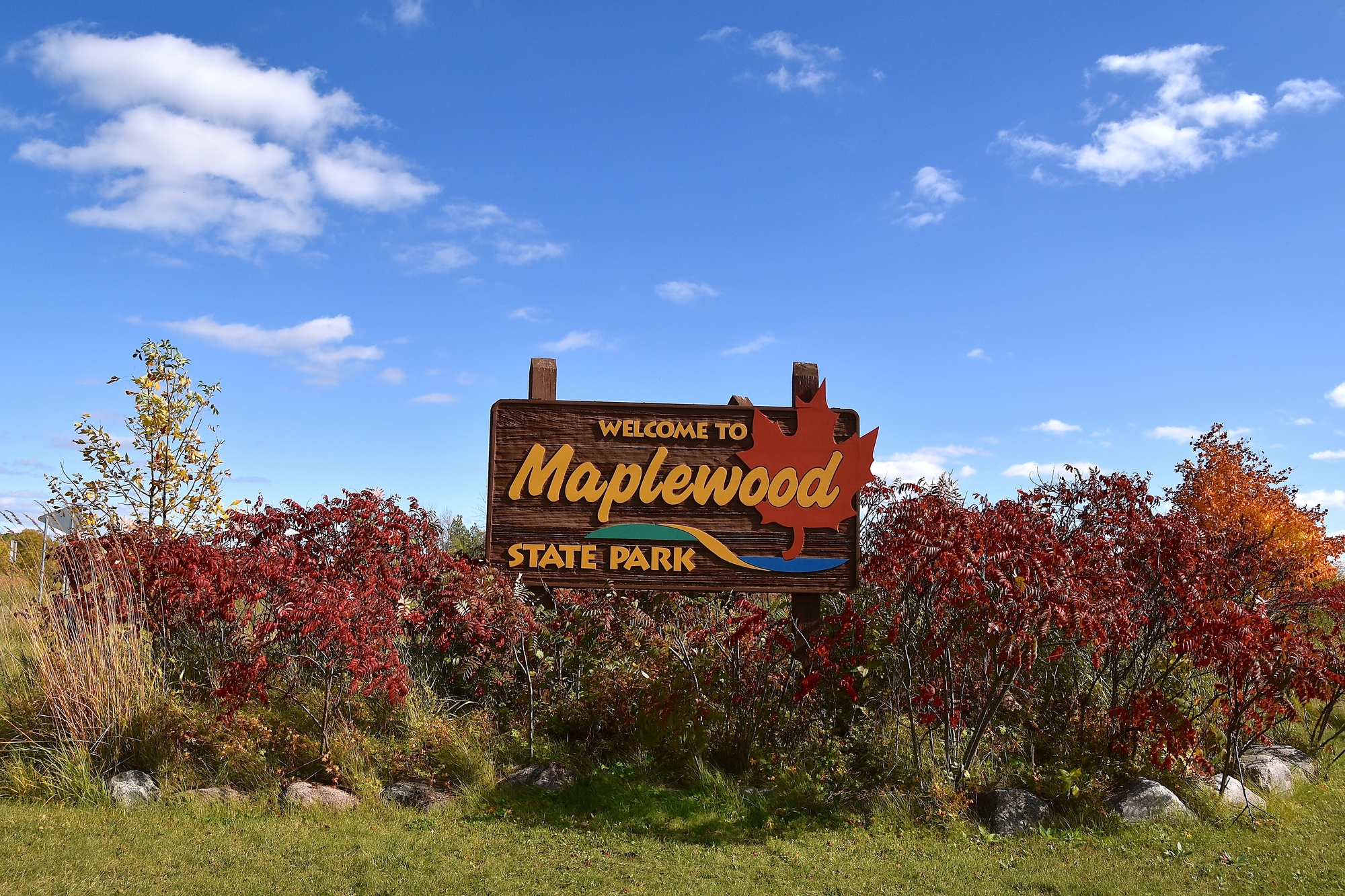
Minnesota maintains state parks protecting pristine northern woodlands, prairie landscapes, and numerous lakes. Gooseberry Falls State Park showcases dramatic waterfalls cascading over ancient lava flows before emptying into Lake Superior along the scenic North Shore.
Blue Mounds State Park preserves one of the largest remaining prairie ecosystems, where visitors often spot bison herds grazing among prickly pear cactus unexpectedly thriving this far north.
Like Travel Pug’s content? Follow us on MSN.
Alabama
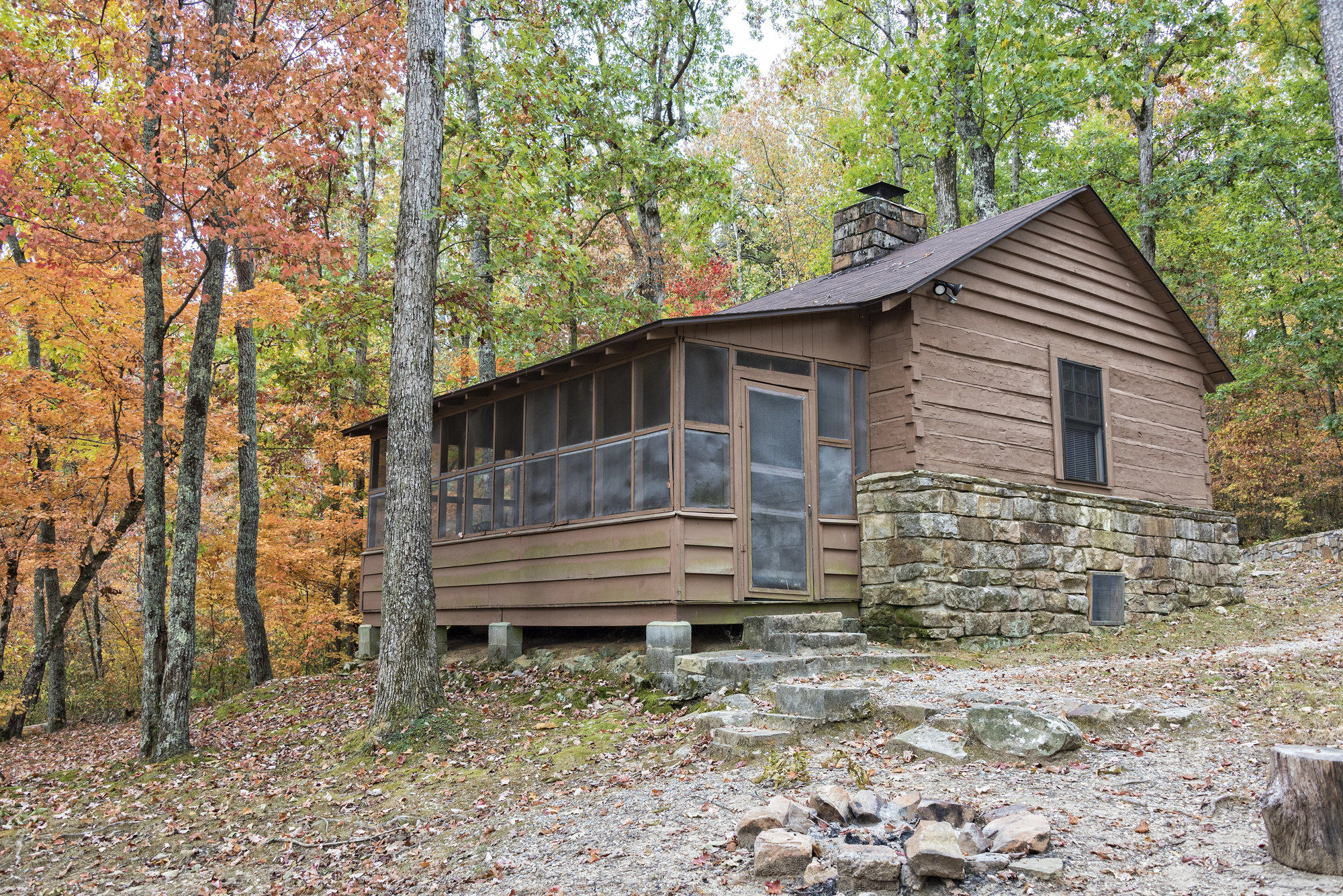
Alabama’s state parks preserve surprising biological diversity across landscapes from the Appalachian foothills to Gulf Coast wetlands. DeSoto State Park features sandstone canyons, waterfalls, and wildflower displays alongside Depression-era structures built by the Civilian Conservation Corps.
Gulf State Park protects critical coastal habitats with white sand beaches, maritime forests, and freshwater lakes connected by over 28 miles of paved trails through diverse ecosystems.
West Virginia
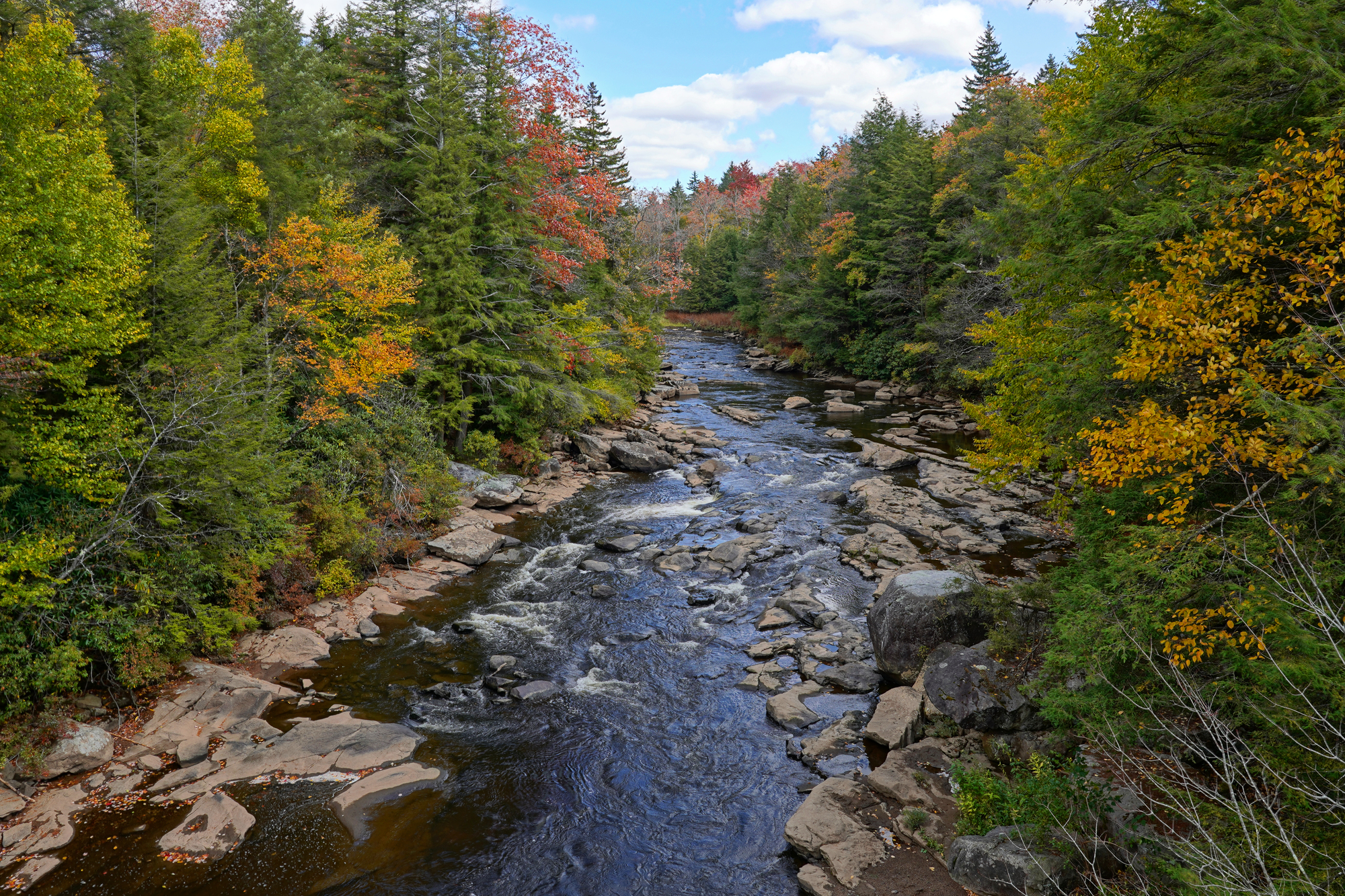
West Virginia’s rugged state parks protect some of the most dramatic landscapes in the Appalachian region. Blackwater Falls State Park features a 57-foot cascade that ranks among the most photographed sites in the state, with amber-colored water plunging through a gorge surrounded by hemlock forests.
Babcock State Park contains the iconic Glade Creek Grist Mill—a working reproduction of an original Appalachian mill—set against a backdrop of rushing streams and vibrant fall foliage.
Oregon
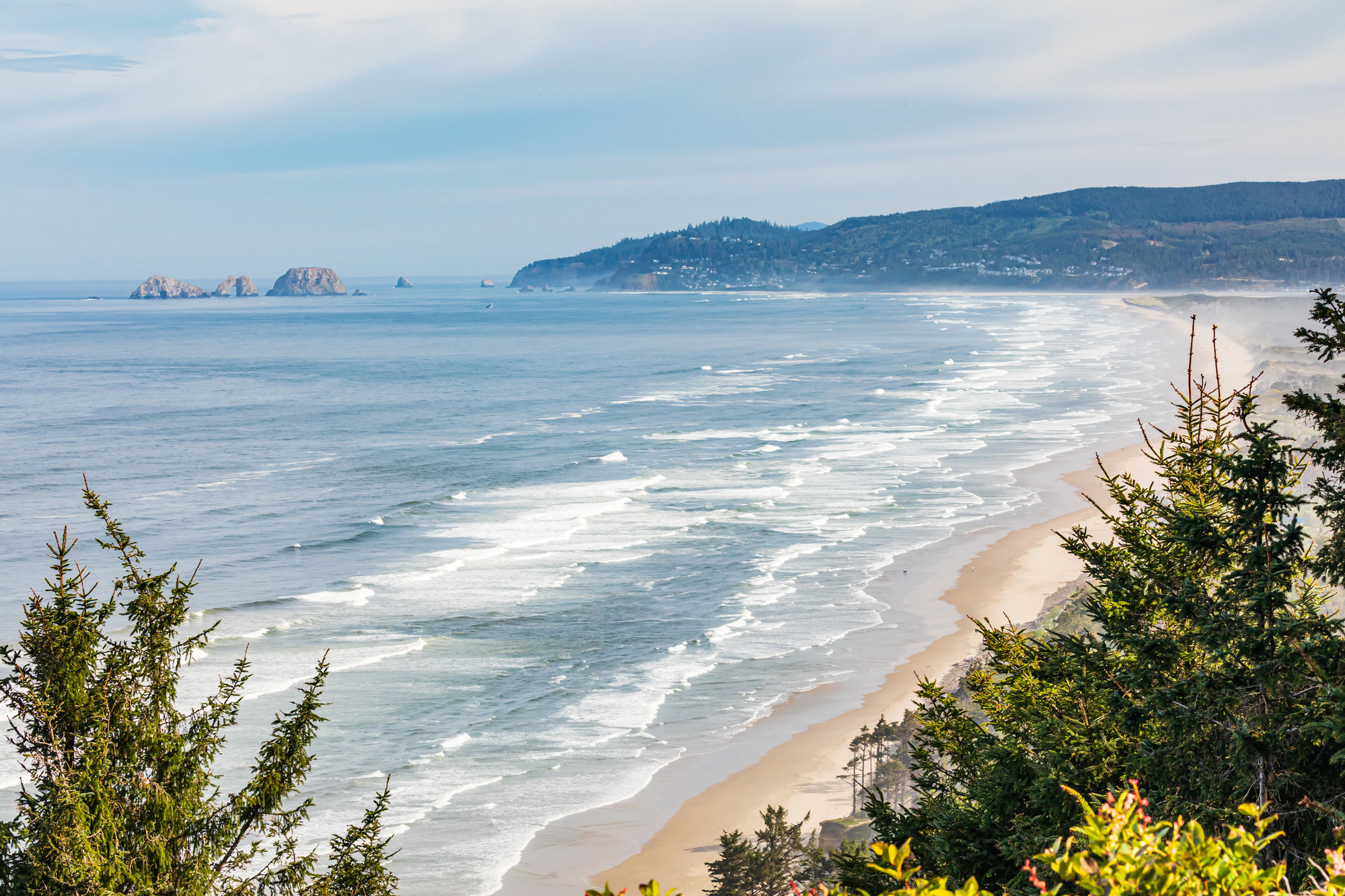
Oregon maintains state parks protecting diverse landscapes from coastal headlands to high desert wonders. Smith Rock State Park preserves towering volcanic tuff formations that draw rock climbers from around the world, with the Crooked River carving a scenic path through the park’s dramatic geology.
Silver Falls State Park features an unprecedented collection of ten major waterfalls along a single trail, including several that visitors can actually walk behind for unique perspectives through curtains of falling water.
Like Travel Pug’s content? Follow us on MSN.
Rhode Island
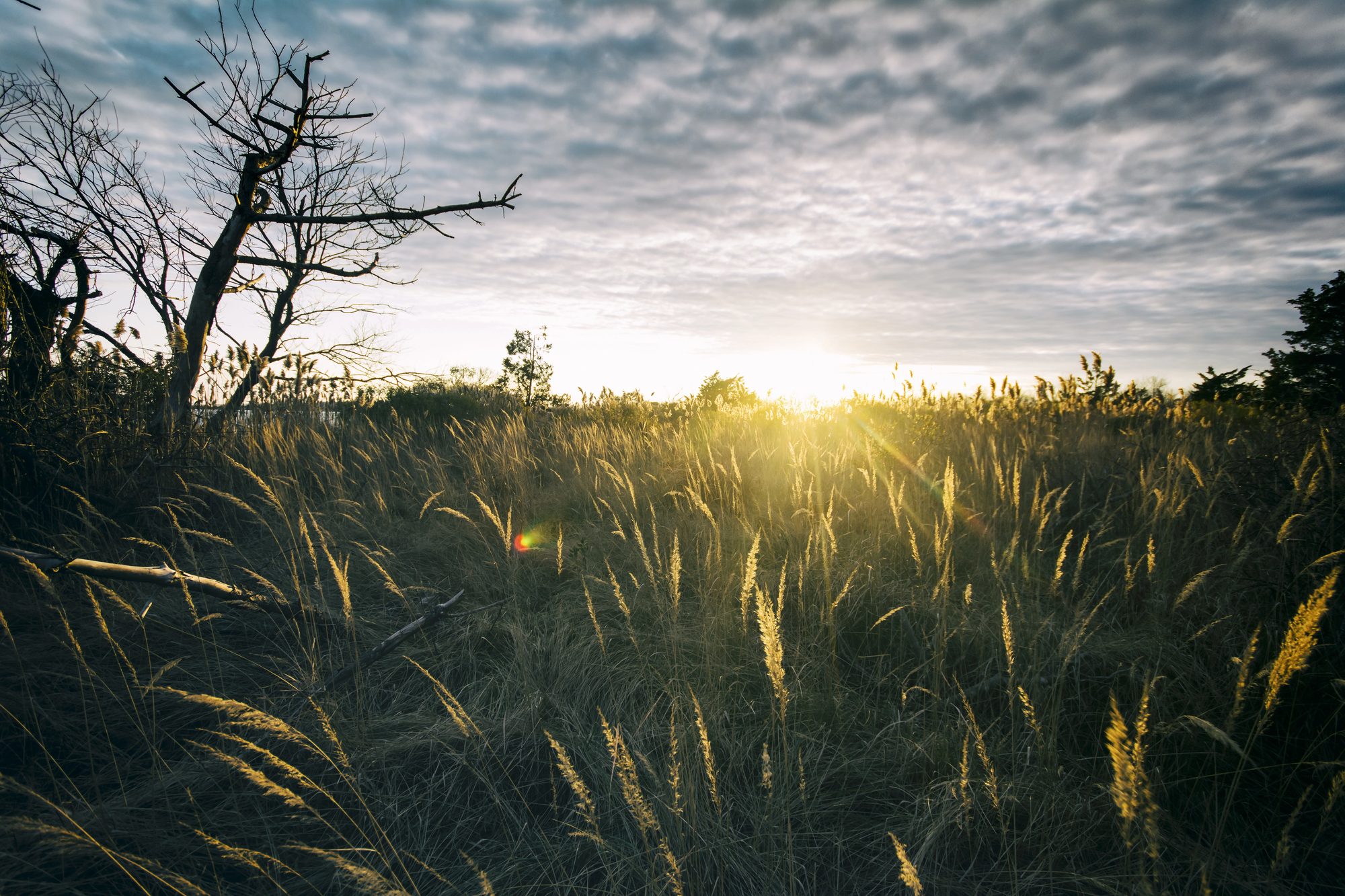
Rhode Island packs remarkable variety into the nation’s smallest state park system. Beavertail State Park occupies a rocky peninsula with panoramic Atlantic Ocean views, tide pools teeming with marine life, and one of the oldest lighthouses in North America.
Colt State Park encompasses 464 acres of lawns, stone walls, and flowering trees alongside Narragansett Bay, earning its nickname as the ‘Crown Jewel’ of the Rhode Island park system.
Indiana
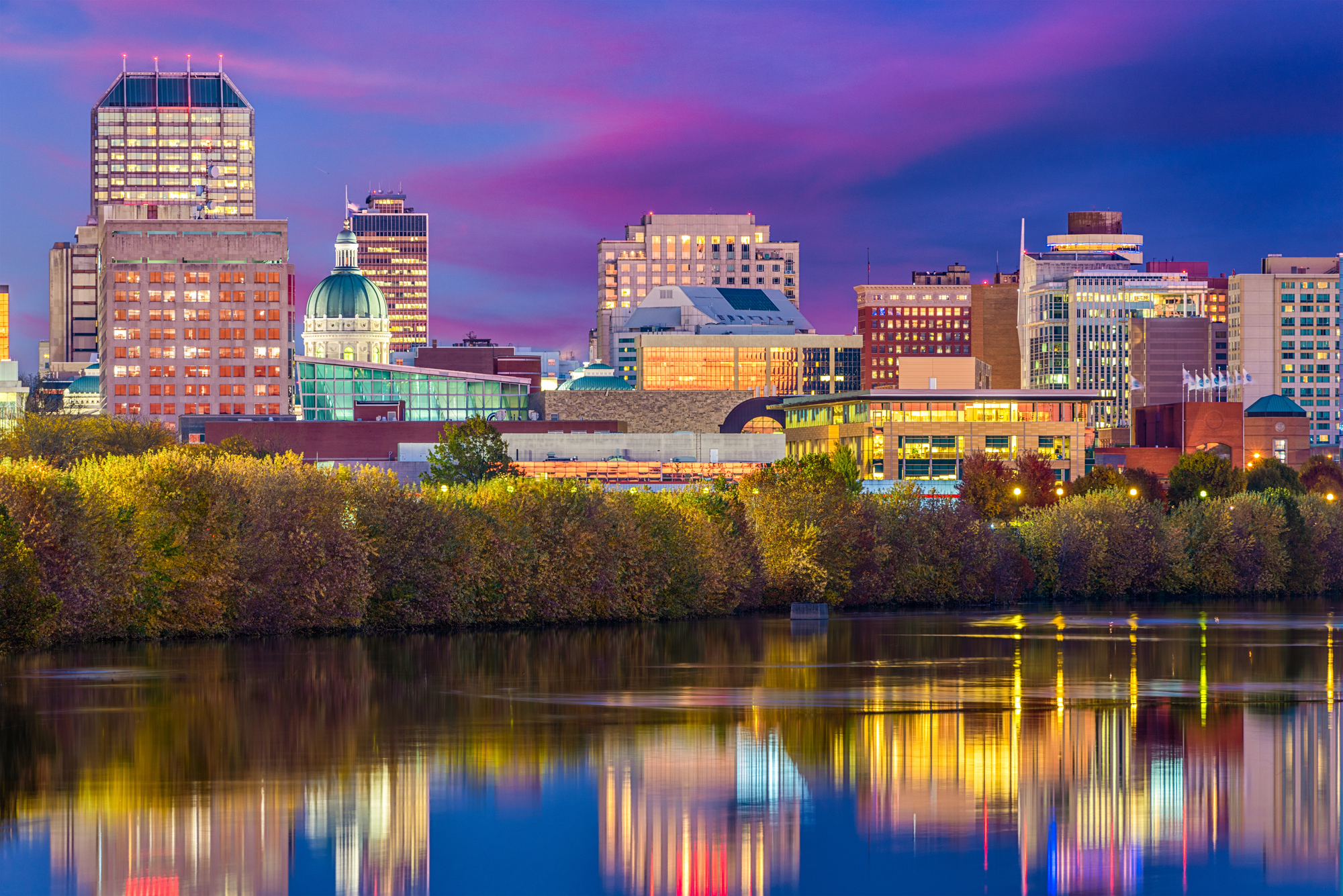
Indiana’s state parks preserve unexpected natural wonders across surprisingly varied landscapes. Turkey Run State Park protects deep sandstone ravines carved by glacial meltwaters, creating slot canyons and waterfalls more reminiscent of the American West than the Midwest.
Falls of the Ohio State Park contains one of the largest exposed Devonian fossil beds in the world, where visitors can walk across a 390-million-year-old ancient sea floor when water levels permit.
New Mexico
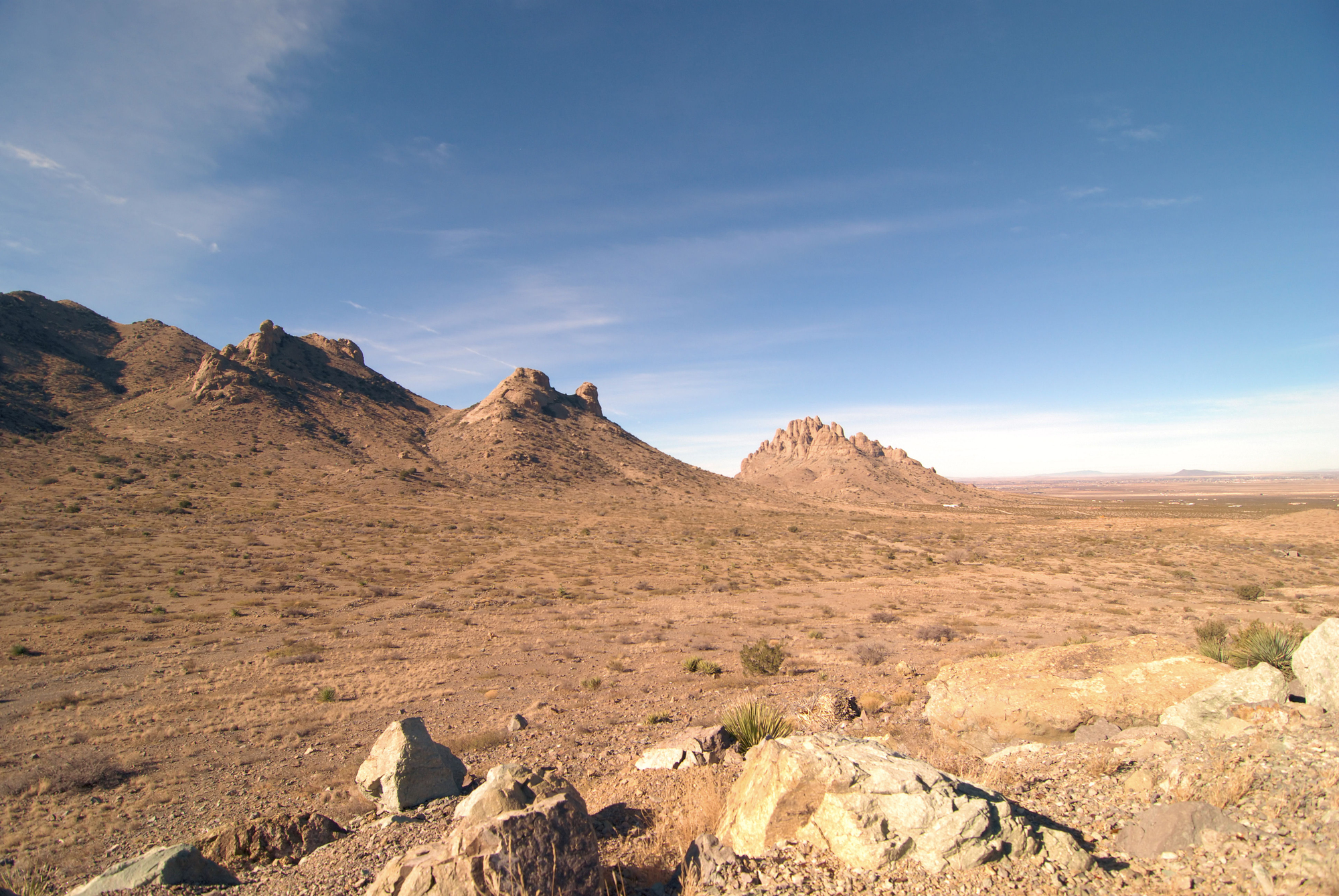
New Mexico maintains state parks protecting landscapes shaped by volcanic activity, ancient seas, and human history spanning millennia. City of Rocks State Park features bizarre volcanic formations, creating a miniature city of pinnacles and balanced rocks rising up to 40 feet from the Chihuahuan Desert floor.
Bottomless Lakes State Park protects a series of nine deep sinkholes filled with remarkably blue water, formed when underground caverns collapsed in an ancient limestone reef system.
Like Travel Pug’s content? Follow us on MSN.
North Carolina
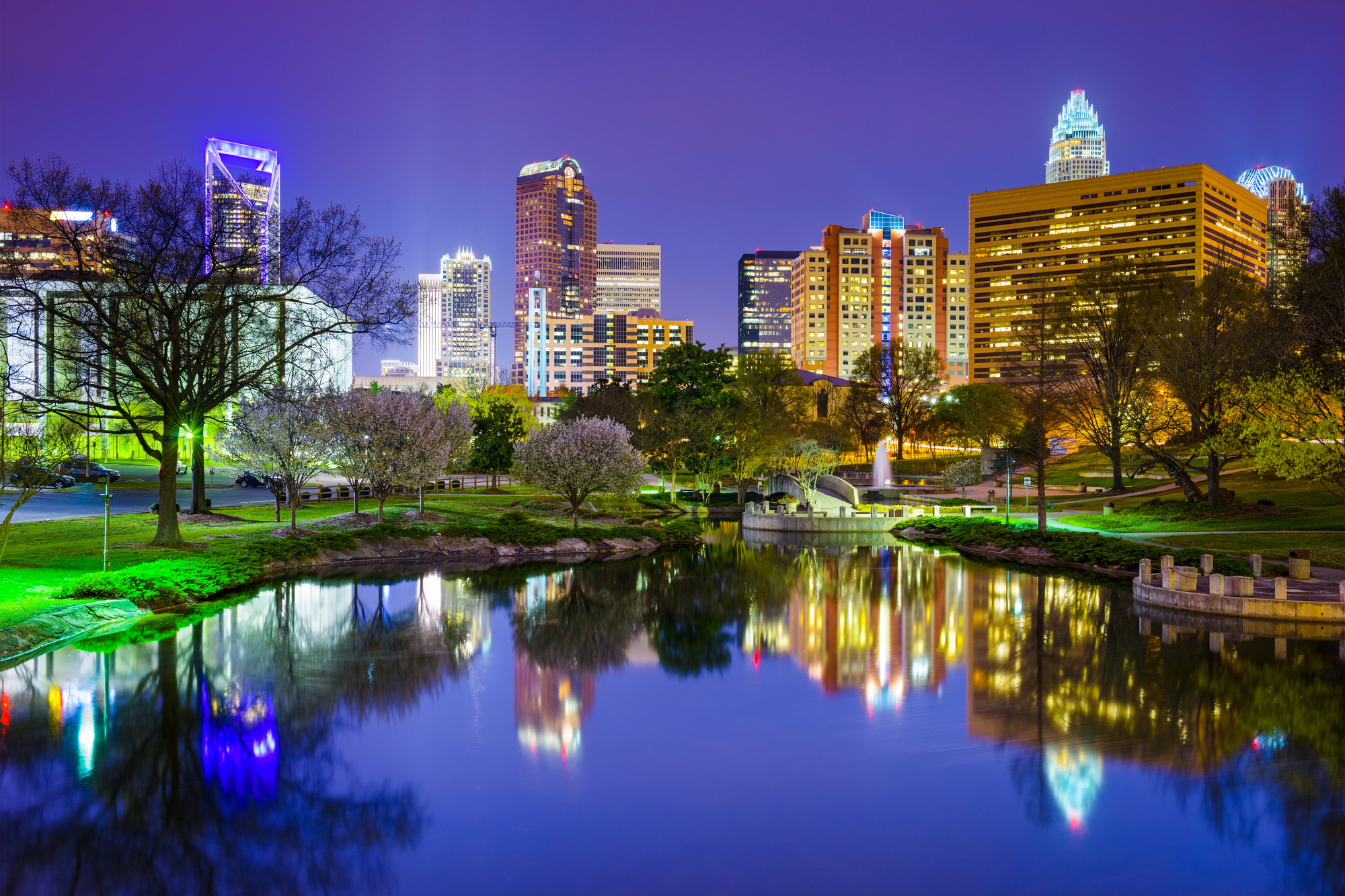
North Carolina’s state parks span the full range from coastal wetlands to the highest peaks in the eastern United States. Jockeys Ridge State Park preserves the tallest active sand dune system in the eastern United States, with ever-shifting sands reaching heights up to 100 feet above Roanoke Sound.
Stone Mountain State Park features a massive 600-foot granite dome alongside cascading waterfalls, historic homesteads, and some of the finest rock climbing on the East Coast.
Illinois
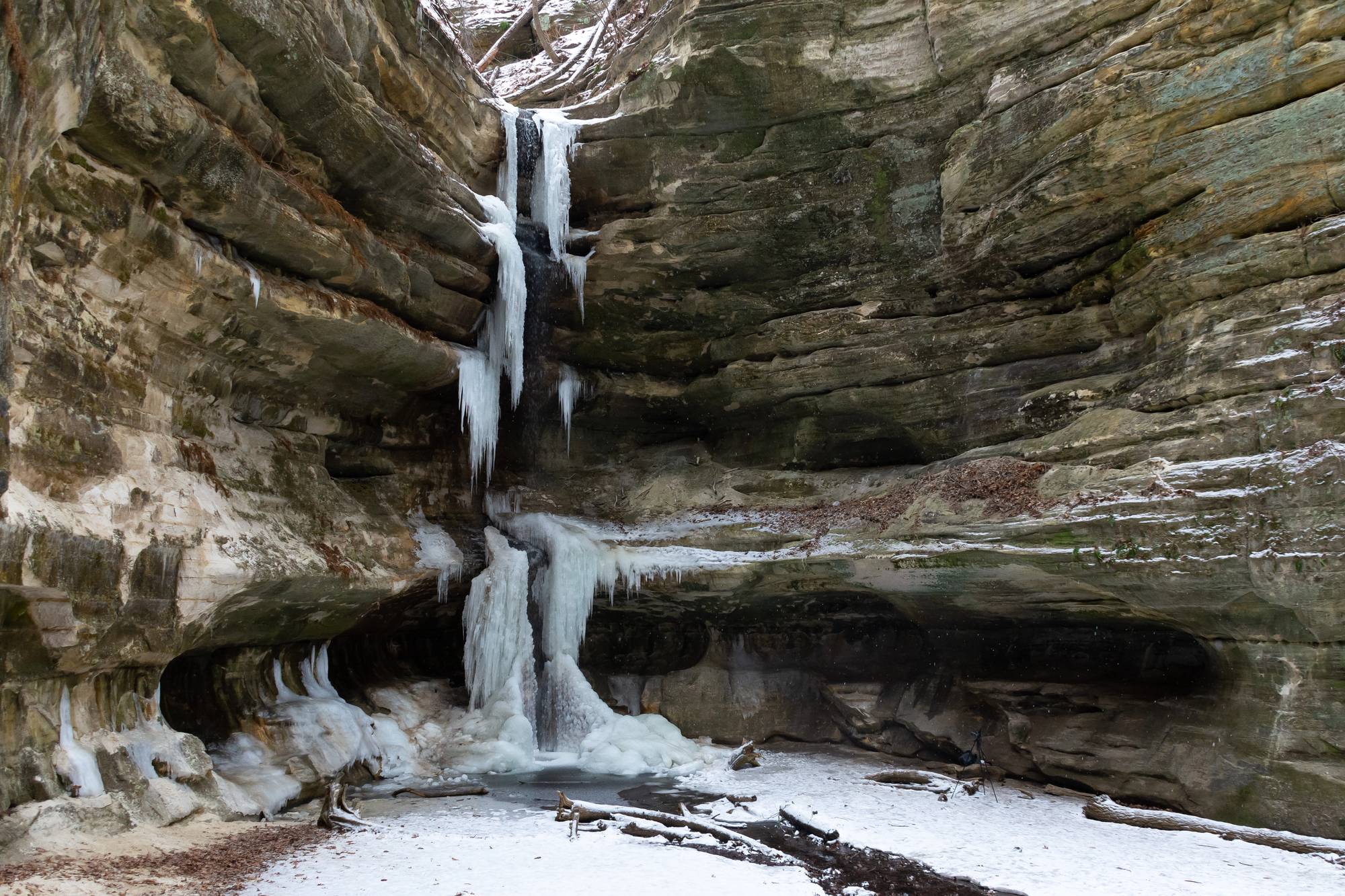
Illinois maintains state parks protecting unexpected natural features across a predominantly agricultural state. Starved Rock State Park features 18 canyons carved into sandstone bluffs, creating seasonal waterfalls, scenic overlooks, and unusual microenvironments supporting rare plants.
Mississippi Palisades State Park preserves limestone bluffs rising 150 feet above the Mississippi River, offering nesting sites for peregrine falcons and panoramic views across multiple states from various overlooks.
Washington
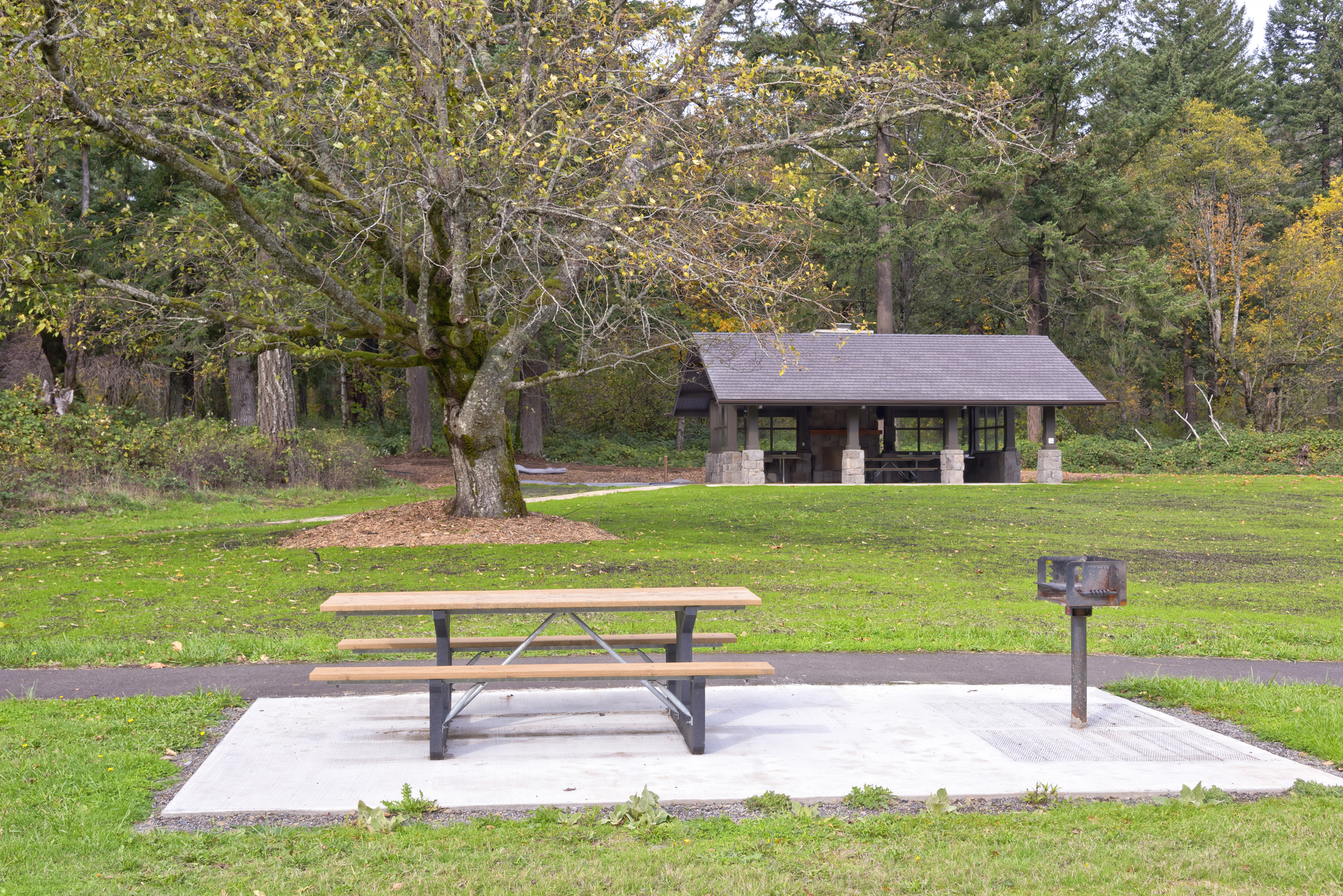
Washington’s state parks protect landscapes from temperate rainforests to arid canyons east of the Cascades. Cape Disappointment State Park features dramatic headlands where the Columbia River meets the Pacific Ocean, creating massive wave displays during storms and preserving two historic lighthouses.
Palouse Falls State Park protects a breathtaking 198-foot waterfall plunging into a circular basin surrounded by columnar basalt formations, offering views of one of the finest geological spectacles in the Pacific Northwest.
Like Travel Pug’s content? Follow us on MSN.
Local Treasures
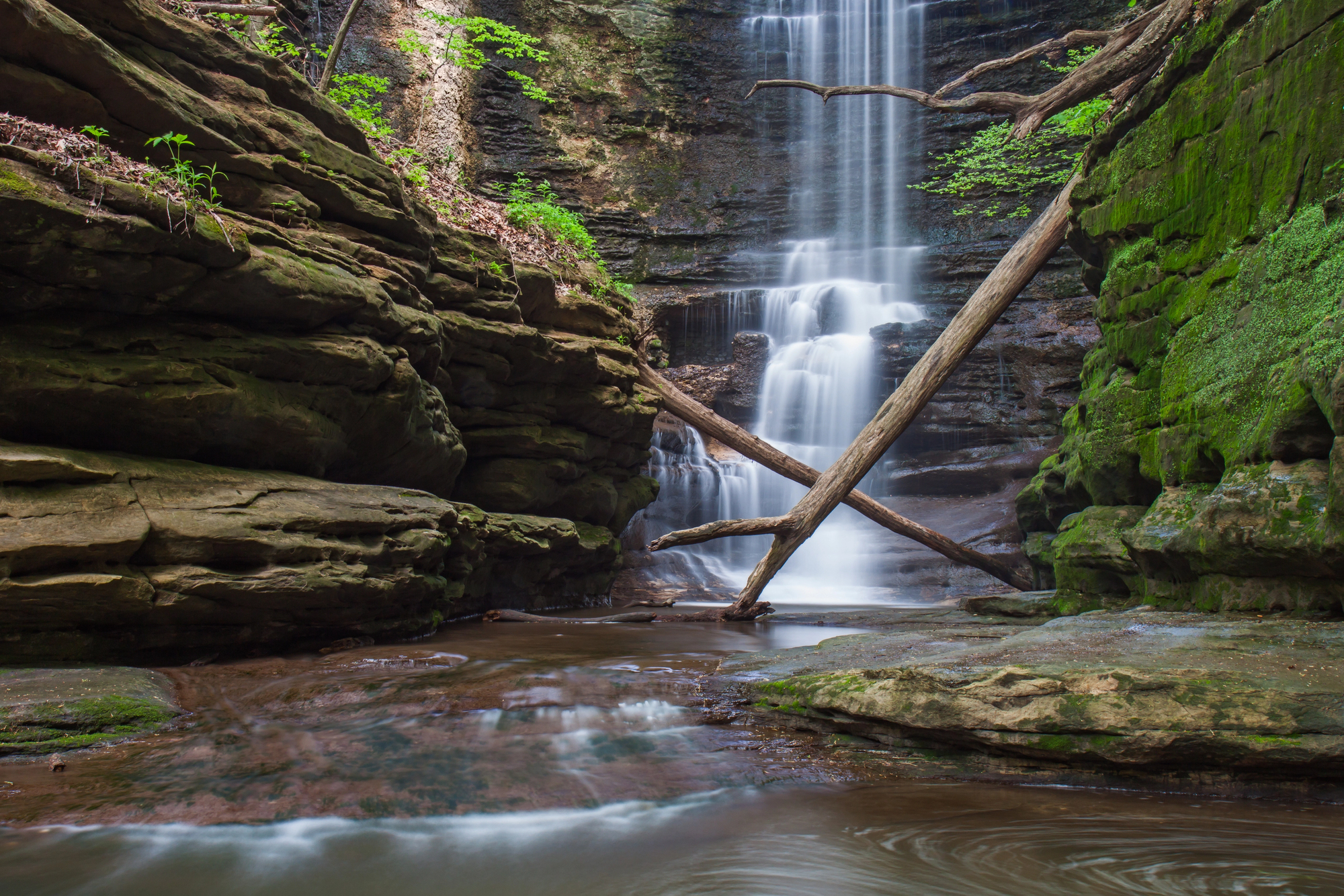
These state park systems demonstrate how preserving natural landscapes at the state level creates accessible outdoor experiences that often surpass expectations. Unlike their more famous national counterparts, these parks typically welcome pets, accommodate a wider range of recreational activities, and maintain more developed facilities.
The relative anonymity of these destinations means visitors can often experience spectacular natural features without battling crowds or securing reservations months in advance. As travelers increasingly seek authentic experiences away from overcrowded destinations, these overlooked state parks offer perfect alternatives for genuine outdoor adventures.
More from Travel Pug

- Cities Growing so Fast You Won’t Recognize Them in 10 Years
- 13 Destinations Where Tourists Regularly Regret Their Trip
- 16 U.S. Cities That Are Quietly Becoming Travel Hotspots
- Where to Travel If You Love Long Bus Rides and Daydreams
- 20 Cities Perfect for Solo Travelers Who Crave Adventure & Culture
Like Travel Pug’s content? Follow us on MSN.
